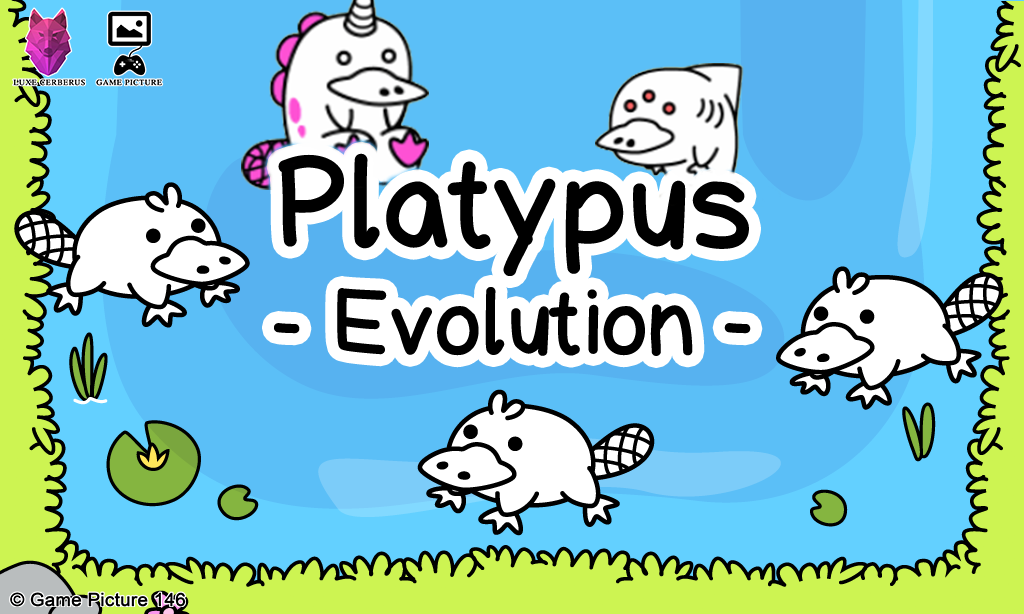

sp.) from Riversleigh, Australia, and the problem of monotreme origins. Description of the skull and non-vestigial dentition of a Miocene platypus ( Obdurodon dicksoni n. Obdurodon dicksoni, with its extreme bill shape, may not be the direct ancestor of Ornithorhynchus instead, a smaller and more lightly built platypus, like Obdurodon insignis, may be a closer relative. It is certain that the toothless living platypus, Ornithorhynchus, is descended from a Cainozoic platypus (one of the Obdurodon species) with functional teeth. Relationships between members of the platypus family are more clear, although there is comparatively little in the way of fossils and ideas could change if more material surfaces. Alternatively, they may be descended from an as-yet unknown group of early mammals or near-mammals. Monotremes may be related to other Southern Hemisphere mammals with triangulated teeth but a primitive jaw form (the Australosphenida of Luo et al. The evolutionary relationships of monotremes are the subject of much debate, and no consensus has yet been reached. There are also molar teeth of a third species of Obdurodon from the Mammalon Hill locality, Tirari Desert, central Australia. A second species of Obdurodon, Obdurodon insignis from the late Oligocene Tirari Desert locality in central Australia, is represented by molar teeth, a fragment of a lower jaw and a partial pelvis. Obdurodon dicksoni is known from a well preserved skull (with premolar teeth in place), two lower jaw fragments and numerous isolated teeth. Since its skeleton is unknown, there is little further knowledge of its lifestyle.

Like the living platypus, it probably made burrows in the banks of rivers and streams, and fed on benthic aquatic invertebrates. Obdurodon dicksoni, like all monotremes, would have been an egg-layer. The well developed, rooted teeth of Obdurodon dicksoni suggest a more varied diet than that of the living platypus, perhaps including larger prey (for instance, a greater percentage of fish, tadpoles or froglets). The skull of Obdurodon dicksoni is unusually flat, almost like that of a crocodile, and it is possible that this large platypus spent more time feeding on the surface (perhaps snapping at insects on the water's surface) and less time feeding on bottom-dwelling invertebrates, as the living platypus does. Obdurodon probably fed on insect larvae, yabbies and other crustaceans, and perhaps small vertebrate animals such as frogs and fish. Obdurodon dicksoni is known only from the Riversleigh World Heritage Fossil Site in northwestern Queensland. Palaeoecological studies suggest that the environment had rainforest along the waterways and more open forest or woodland away from the watercourses. The Riversleigh area during the early to middle Miocene would have been a mosaic of lakes, pools and caves in a karst (limestone) environment. To date, there are no known postcranial fossils of Obdurodon dicksoni. The lower jaw, unlike that of the living platypus, has well developed angular and coronoid processes. These show that Obdurodon dicksoni was a large, spoon-billed platypus with an unusually flat, robust skull, fully rooted molars and premolars, but no dentition anterior to the premolars. Obdurodon dicksoni is known only from a skull, lower jaw and teeth. Platypuses have a mix of features that relate either to their amphibious lifestyle or to their great antiquity. Unlike the living platypus, these fossil platypuses had functional molar teeth. Older Obdurodon species are known from central Australia, and a closely related species, Monotrematum sudamericanum, from the Paleocene of Patagonia, evidence that platypuses were once Gondwanan.

Its skull is one of the most perfect fossils known from Riversleigh. Riversleigh Platypus, Obdurodon dicksoni was a large, spoon-billed platypus from the Riversleigh area of northern Australia.


 0 kommentar(er)
0 kommentar(er)
